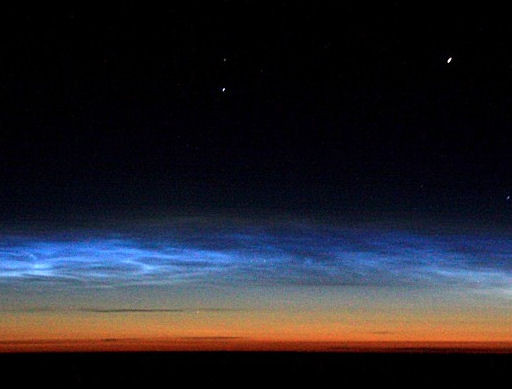| ||||||||||||||||||||||||||||||||||||||||||||||||||||||||||||||||||||||||||||||||||||||||||||||||||||||||||||||||||||||||||||||||||||||||
|
Stig Östlund
fredag, juni 15, 2012
SpaceWeather
Bloggarkiv
-
▼
2012
(3742)
-
▼
juni
(347)
- Två Italienska vinster
- Många landskamper
- Framgångsrika tränare
- EM final i morgon
- Vem vinner
- The risk factors for pre-diabetes and ultimately, ...
- EM finalen
- Hidden Portals in Earth's Magnetic Field
- ISS Command Changes Hands
- The Week in Germany ...
- SPIEGEL ONLINEINTERNATIONAL NEWSLETTER Compil...
- Portugisen Pedro Proença dömer EM-finalen
- Italia se mete en la final de la Euro
- Drömfinal
- Ingen rubrik
- Alicia Keys
- Balotelli porta l'Italia in finale
- Tips om nyhetsbrev - här HealthDays senaste <><...
- Halbfinale gegen Italien
- Beväpnad nioåring stal elbil
- Miljöaktuellts kommunrankning 2012
- This Week at NEJM.org | June 28, 2012 ...
- Don Grady, 'My Three Sons' actor, dies at 68
- Will you share this?
- Copa Libertadores
- EURO 2012
- Ask Secretary of Education Arne Duncan
- Nora Ephron, Filmmaker and Writer, Dies at 71
- Good Night
- Save the polar bears
- Ingen rubrik
- Copa Libertadores
- President Obama Eats a Hot Fudge Sundae
- LÄKARTIDNINGEN: AKTUELLT Sjukhusen sämst på pall...
- Drogba
- Flottaste målet under EM
- Tony Bennett/Lady Gaga
- Löfven vill lära sig av Obama
- FBI’s Top Ten News Stories for the Week Ending Jun...
- Regn
- Klimatförändringen
- Piqué huvudperson i morgon
- JUNE 25
- Ingen rubrik
- Top News
- Good Night
- Euro 2012: England head home as penalty j...
- Introduction to Datamodes video
- Letters of the day: What do we do about prostitution
- Dömd sjuksköterska förlorar leg En sjuksköte...
- Fotbollsfeber
- Photo of the Day: The Littlest Salute
- Statement by Secretary Napolitano on the Supreme C...
- Euro 2012
- Euro 2012
- Sjukvårdsseminarier
- Miki Roqué
- Named Egypt’s Winner, Islamist Makes History
- Lundahistoriker gräver fram bevis som kan fälla na...
- Euro 2012
- Messi fyller 25 år idag
- PRINCETON, NJ -- Just 34% of Americans correctly s...
- Väder i England (normalt)
- Bra höstväder
- England-Italien
- Tour de France
- June 24, 2012 Above and below, Chinese s...
- Good Night
- Minnena ser mig
- Alonso mete a España en semifinales
- Euro 2012
- New York Times
- Weekly Address: Congress Must Act on Transportatio...
- Forbes
- Euro 2012
- Rio+20 processen
- Härlig bild
- Zidane
- Readout of Secretary Napolitano's Visit to France ...
- Exercise makes all the difference in aging well
- Glad Midsommar?
- Heidelberg
- Ingen rubrik
- Euro 2012
- Die deutsche Mannschaftsaufstellung gegen Griechen...
- Världens bäste fotbollsspelare någonsin
- 20.45 Uhr: Deutschland - Griechenland
- Euro 2012
- (U.S.) Readout of Secretary Napolitano’s Visit to ...
- Save the Arctic
- Euro 2012
- NEJM
- Mener Breivik er utilregnelig
- Ingen rubrik
-
▼
juni
(347)


